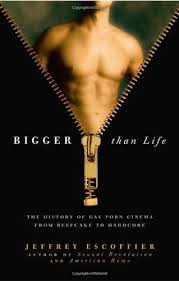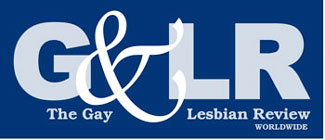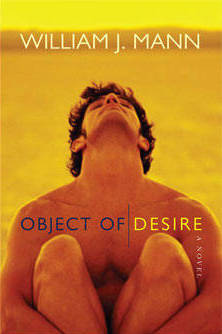
Action!
Bigger than Life reads like a work of journalism about the rise and development of a hugely successful industry that feeds the fantasies of gay men, whose growth spurts and mutations over time have aligned with social and technological forces.
More


